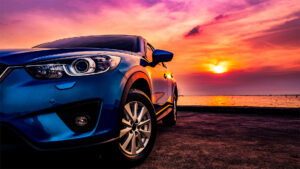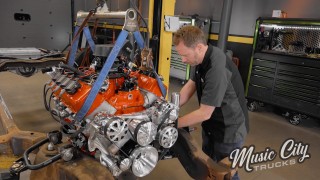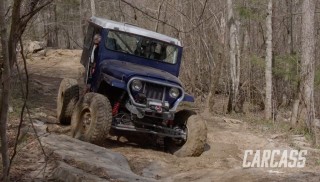So, Is the Grand Wagoneer A Jeep Or Not?
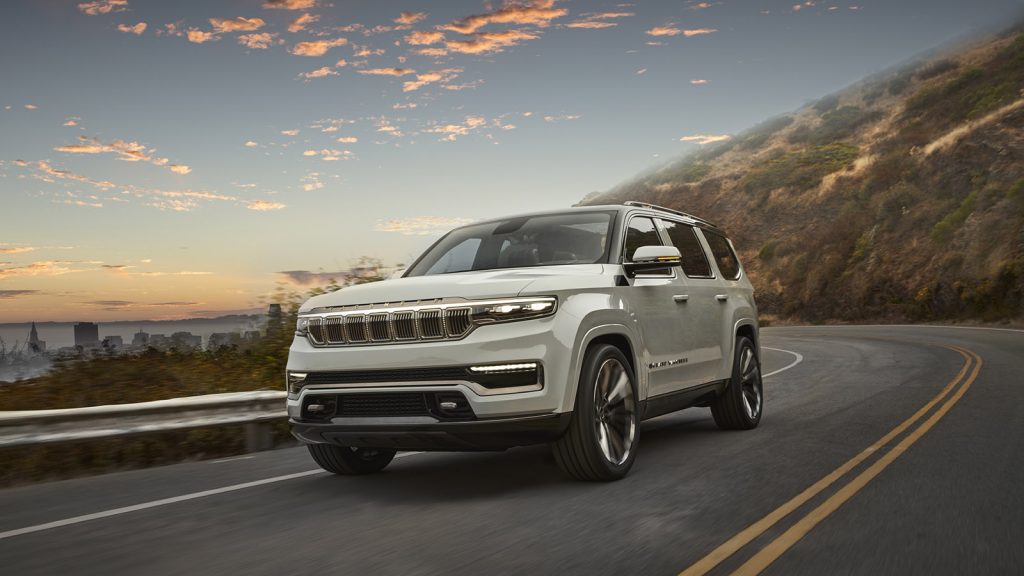
It doesn’t have a Jeep-like price tag, that’s for sure. The long-awaited Grand Wagoneer SUV will quietly carry the off-road brand into the luxury market with the fully loaded model boasting a staggering $111,000 price tag when it goes on sale later this year.
The 2022 Grand Wagoneer that was recently unveiled marks the return after a nearly 30-year hiatus. However, you don’t have to call it a Jeep. The full-size SUVs are being treated as an “extension” of the Jeep brand, similar to what Land Rover does with Range Rover, and they won’t be found in every Jeep dealership. More about that later.
The three-row SUV is a test of such to determine whether Jeep can expand its product into the luxury SUV segment. Their goal? Attract customers from Lincoln, Cadillac, and Land Rover. Jeep has done an exceptional job growing its SUV lineup in recent years to compete with other brands, so this is nothing new for them.

Jeep CEO Christian Meunier said during a media briefing prior to the unveil that “Wagoneer and Grand Wagoneer are born from Jeep, but their character is much different than the rest of the brand.” He went on to say “they are modern and forward-looking. There is a pure DNA we’re building on to make these products absolutely unique.”
The Grand Wagoneer is the premium sibling of the less expensive SUV known as the Wagoneer, which starts at $57,995. Despite being the same size, the Grand Wagoneer will start at $86,995, featuring a slightly altered exterior design, a more powerful engine, and luxurious amenities inside.
More Screens Than a House
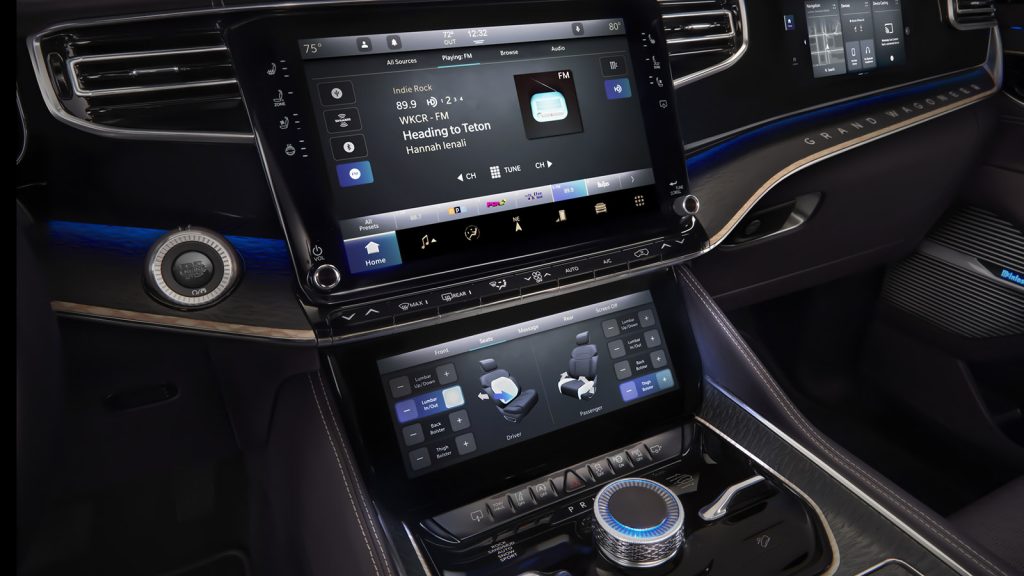
The exterior of the Grand Wagoneer is unmistakably Jeep. However, the interior is unrecognizable to a current Jeep owner. Get this, it has up to 75 inches of screens, which includes a 10.25-inch touchscreen in front of the passenger that streams videos, and Amazon’s Fire TV. It also controls functions like exterior cameras and the navigation system. Ok, that’s pretty cool.
The interior of the Grand Wagoneer also boasts other premium materials such as aluminum, Satin America Walnut wood, and Palermo or Nappa leather-trimmed, 24-way power seats.
Jim Morrison, head of Jeep’s North American operations stated earlier that “you can take this Grand Wagoneer interior up against anything in the marketplace. I’m not saying any SUVs, you can take this up against anything in the marketplace.”
The Wagoneer has fewer premium materials and standard features compared to its big brother. For example, it only has 50 inches of screens. Rough times we’re living in. Since some of the screens are smaller, they won’t offer comfort settings or touchscreens. What a bummer.

So, why will only some dealerships be able to sell these SUVs? The ones who take stock of the units will have to be certified to sell these models. The certification will include an undisclosed investment and training. Executives are taking this rollout seriously to establish themselves as a superior luxury brand. These dealers must fulfill “ten promises” for the consumers, which range from free Wi-fi to car washes during service visits. They will also provide 24-hour customer support for owners.
The Good Stuff – V8 Engines
Although Jeep announced all of their newest models will offer a type of electrification like a plug-in hybrid system, executives have failed to mention alternative powertrains for the Wagoneer and Grand Wagoneer. Meunier has made some indications of a “plan for electrification.”
The Wagoneer will come stock with a hybrid 5.7L V8 that provides 392-horsepower and 404-foot-pounds of torque. The Grand Wagoneer has something a little fancier – it’ll come standard with a 6.4L V8 with a powerful 471-horsepower and 455-foot-pounds of torque. Both engines will be paired to an eight-speed automatic transmission. Board meetings for Stellantis must be fun – they throw our beloved V8 into everything.
The hybrid engine will feature a 48-volt battery pack that provides more fuel efficiency and quicker acceleration. Fuel economy estimates have yet to be released for the SUVs.
POWERNATION Takeaway
You don’t have to be a fan of the brand to appreciate what they’re trying to do. The luxury segment is a competitive market, and they’re taking a huge risk entering with a product that hasn’t been released in 30 years and do it in a time where gas prices are rising. Both models appear to be exceptional SUVs, but time will tell how their sales perform against the competition. It’s either going to be a splash or a flop.
With the production of V8’s slowly reaching the end of its shelf life, brands that offer it in all models should get their respect from consumers. We’re happy to see that when they reached a fork in the road, they weren’t followers – they’ve been leaders and continue to innovate and cater to the people who make it possible for them – the customers.


